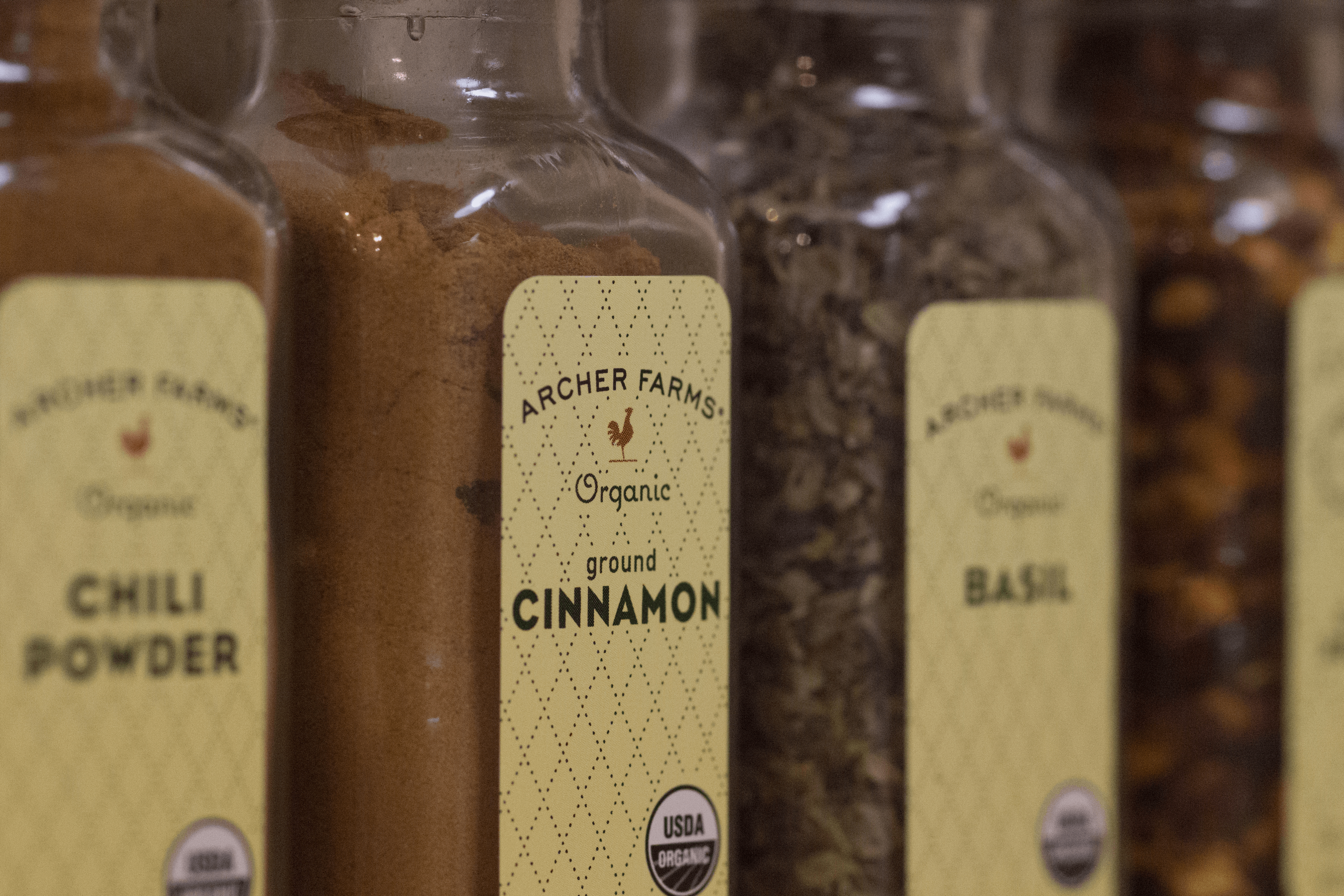Cinnamon is most commonly used as a topping, a flavorful addition to everyday treats such as bread, lattes, and cereal. But now, scientists at Rush University Medical Center have discovered an astounding new use for America’s favorite spice.
According to the new study, published online in the July issue of the Journal of Neuroimmune Pharmacology, consuming cinnamon leads to improved learning ability.
The scientists made this discovery after conducting a study on mice. In this study, the mice were forced to go through a Barnes maze: a standard elevated circular maze with twenty holes. In an attempt to measure learning ability, a hole was selected as the target for the mice to locate. Two tests were conducted–one initial test and another after a month of cinnamon feeding.
Image Source: Chris Cross
In the experiment’s results, scientists found out that a cinnamon diet led to an improved learning capability and memory in poor learning mice. These mice were able to locate the target hole in shorter amounts of time. However, it is important to note that in mice that were already good learners, the cinnamon did not produce any impactful effects. It is not yet understood why this happens.
What we can understand is how the cinnamon produced such profound effects. In order to do so, one must look at the hippocampus, the part of the brain responsible for memory. Researchers have found out that poor learning is associated with the lack of a memory protein called CREB and a surplus of GABRA5, a protein that generates tonic inhibitory conductance in the brain. This is where the cinnamon comes in–the mice’s bodies turned the spice into sodium benzoate, a chemical that, when inside the brain, raises CREB while decreasing GABRA5. Thus, the learning capability of the mice were improved as a result.
This study and its findings may be used to combat Parkinson’s disease by preventing the decrease in important proteins. With its impactful role in human memory, cinnamon may serve as a potential treatment to curb symptoms of dementia and other memory-related diseases in the future.
Feature Image Source: Cinnamon by Benjamin Esham










